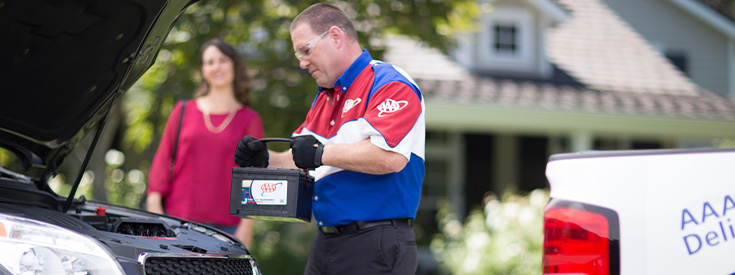Modern cars are more reliable than ever. But during a recent five-year period, 45 percent of drivers experienced at least one breakdown, according to a 2018 study by Siegfried and Jensen, a law firm specializing in automotive-related accidents and injuries.
Breakdowns have many causes—among them a flat tire, an empty gas tank, a dead battery, or a crash—and they usually happen unexpectedly. Older cars are more prone to breakdowns, but you can take steps to make a breakdown less likely regardless of your car’s age: inspect your tires regularly and keep them properly inflated; when you have the car serviced, have the battery tested if it’s more than 3 years old; and check your oil and coolant levels periodically.
Of course, if a breakdown occurs, AAA members can always summon Roadside Assistance by calling (800) AAA-HELP (222-4357) or by using the Auto Club app. But if you’re at all handy, keeping certain items in an emergency kit could help you get back on the road quickly; others could keep you comfortable and safe until a AAA truck arrives.
Essential items will vary depending on where you drive and, sometimes, on the season. If you’re going on an extended road trip or driving in unfamiliar territory, you might want to pack certain additional items, described at the end of this article.





